Russia Flag Meaning
A horizontal tricolor of white, blue, and red, representing the Russian Federation’s national identity, history, and Slavic heritage.
- Continent
- Europe/Asia
- Adopted
- 1991
- Ratio
- 2:3
- Colors
- white, blue, red
- Designer
- Based on the historical Tsarist tricolor (Peter the Great, 17th century)

Symbolism
White Stripe: Represents nobility, honesty, and peace.
Blue Stripe: Symbolizes loyalty, faith, and the Virgin Mary, patron of Russia.
Red Stripe: Represents courage, strength, and the sacrifices of the Russian people.
History
- 1696: Tsar Peter the Great introduced the white-blue-red tricolor for Russian merchant ships, inspired by the Dutch flag.
- 1858–1883: An alternative black-yellow-white flag was promoted as the official state flag.
- 1917: The tricolor was replaced by the Soviet red flag after the Bolshevik Revolution.
- 1991: The tricolor was restored following the collapse of the Soviet Union, symbolizing the Russian Federation.
Trivia
- The Russian tricolor inspired many other Slavic flags, including Slovakia, Slovenia, and Serbia.
- During the Soviet period, the red flag with the hammer and sickle became one of the world’s most recognizable symbols.
- Russia spans 11 time zones, the most of any country.
- The flag’s colors are often reinterpreted, but no official meaning is fixed by law.
- The Russian navy still uses a variant of the old naval ensign, a blue saltire on white.
Related Countries
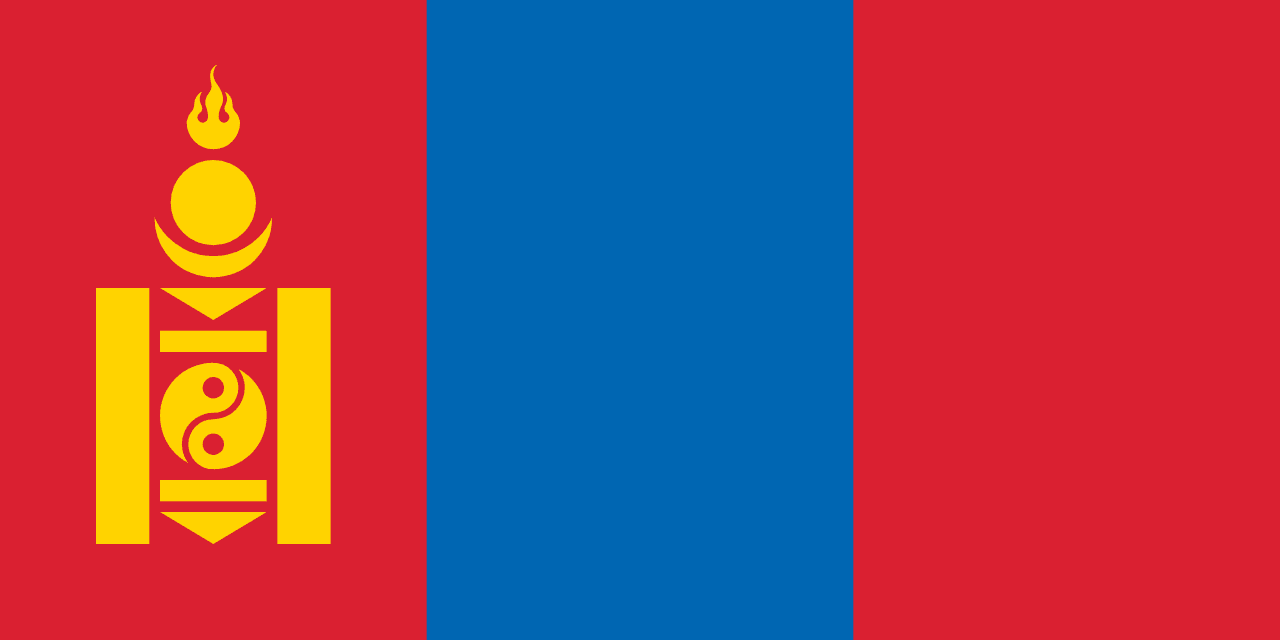
Mongolia
Asia
Three vertical stripes of red, blue, and red with the ancient Soyombo symbol in yellow on the hoist-side red stripe, representing Mongolia's transition to democracy and its deep philosophical traditions rooted in Tengrism and Buddhism.
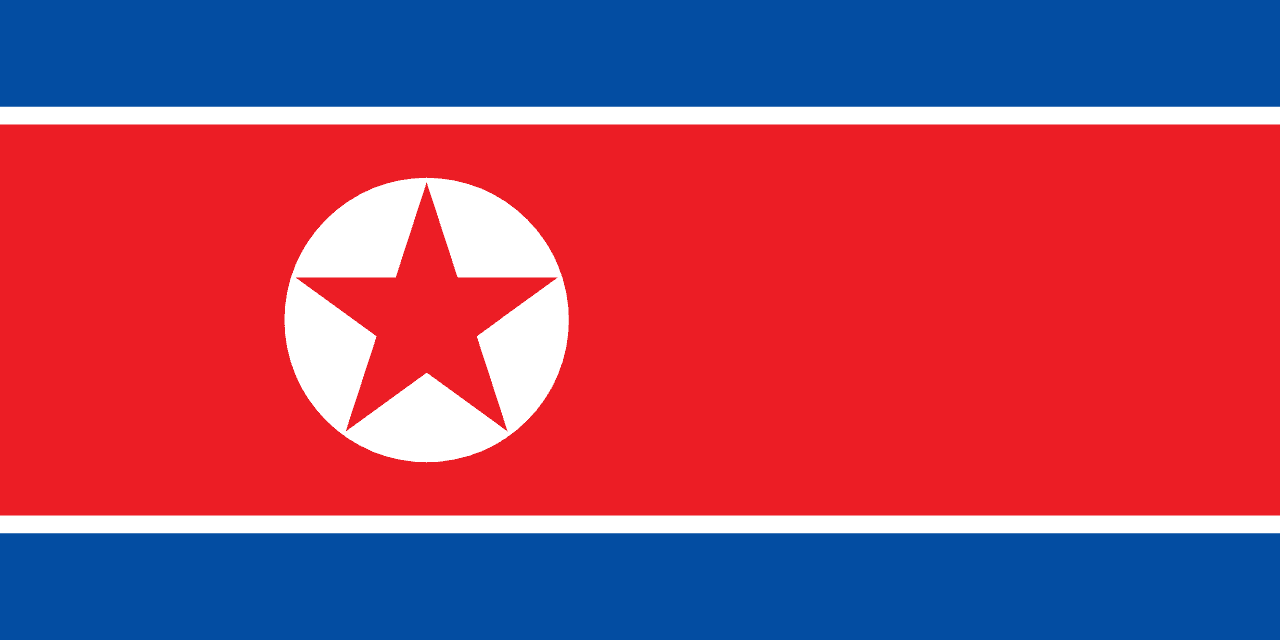
North Korea
Asia
The flag of North Korea, adopted in 1948, combines red, white, and blue with a central red star. Its design reflects socialist symbolism while incorporating elements rooted in Korean identity. For the state, it represents revolution, unity, and loyalty, while for observers it has become one of the most recognizable emblems of the modern Korean peninsula.
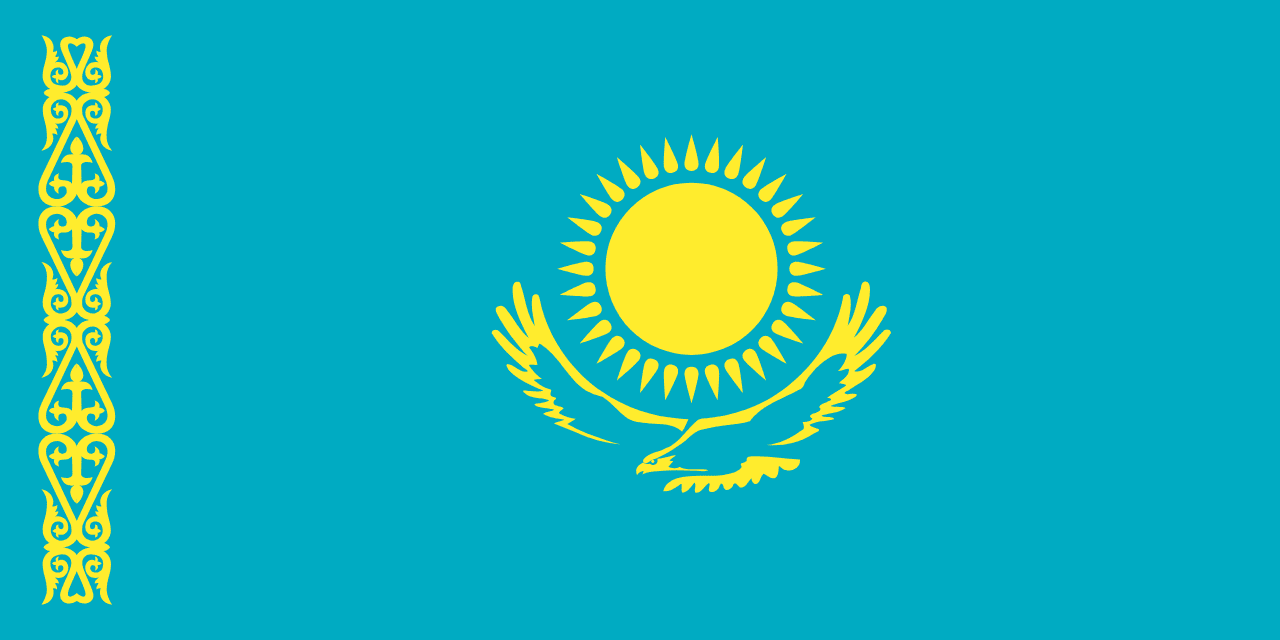
Kazakhstan
Asia
A turquoise field with a golden sun and soaring eagle in the center, and a traditional ornamental pattern on the hoist side, representing the eternal blue sky, freedom, and the rich nomadic heritage of the world's largest landlocked country.
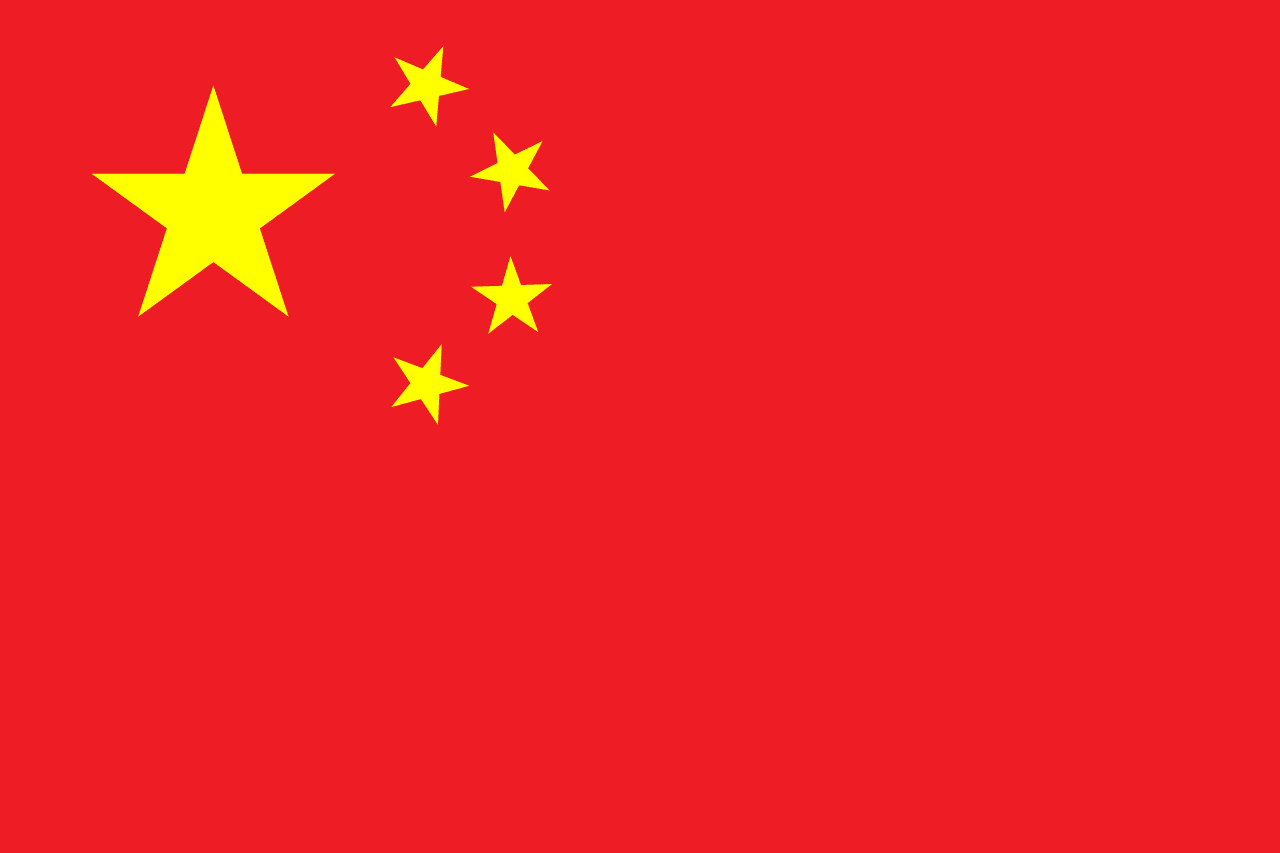
China
Asia
Red field with five golden stars representing unity under Communist leadership and the four social classes.
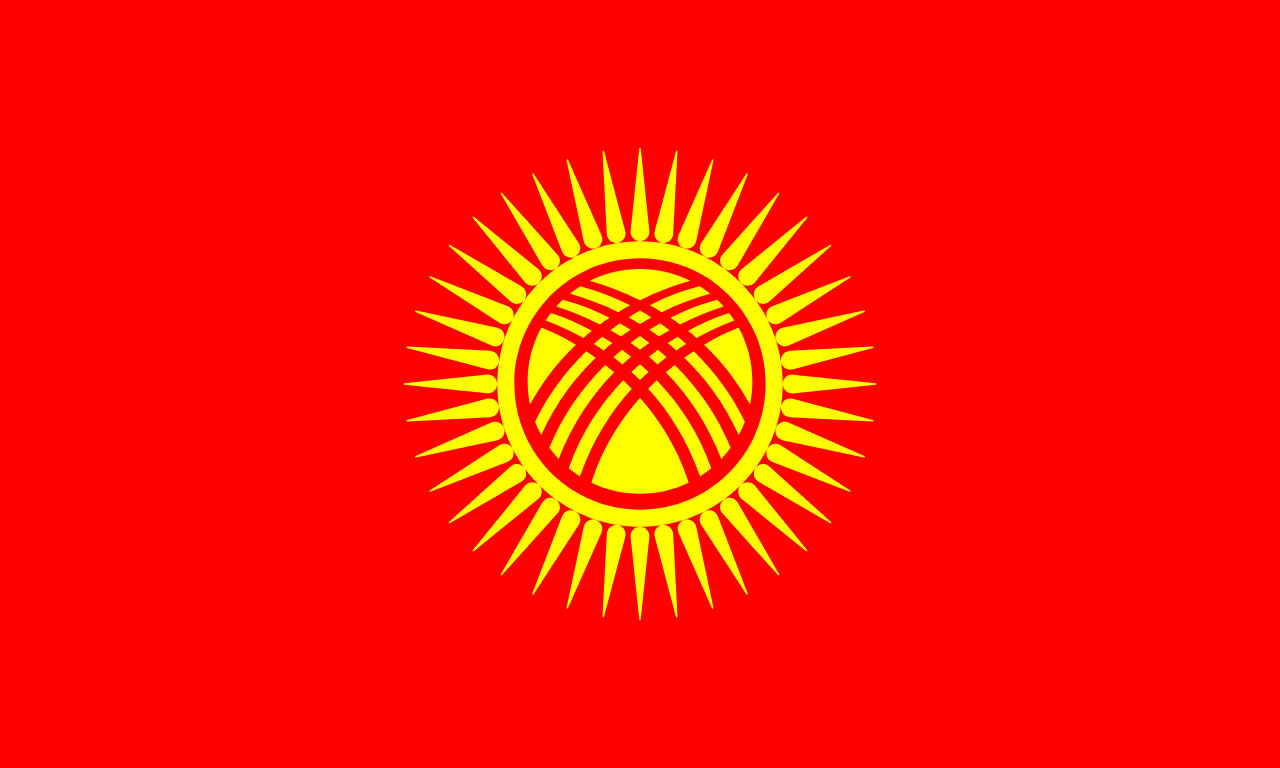
Kyrgyzstan
Asia
A red field with a yellow sun featuring 40 rays and a tunduk (yurt crown) in the center, representing the nomadic heritage, unity of 40 tribes, and the traditional dwelling of the Kyrgyz people in this mountainous Central Asian nation.
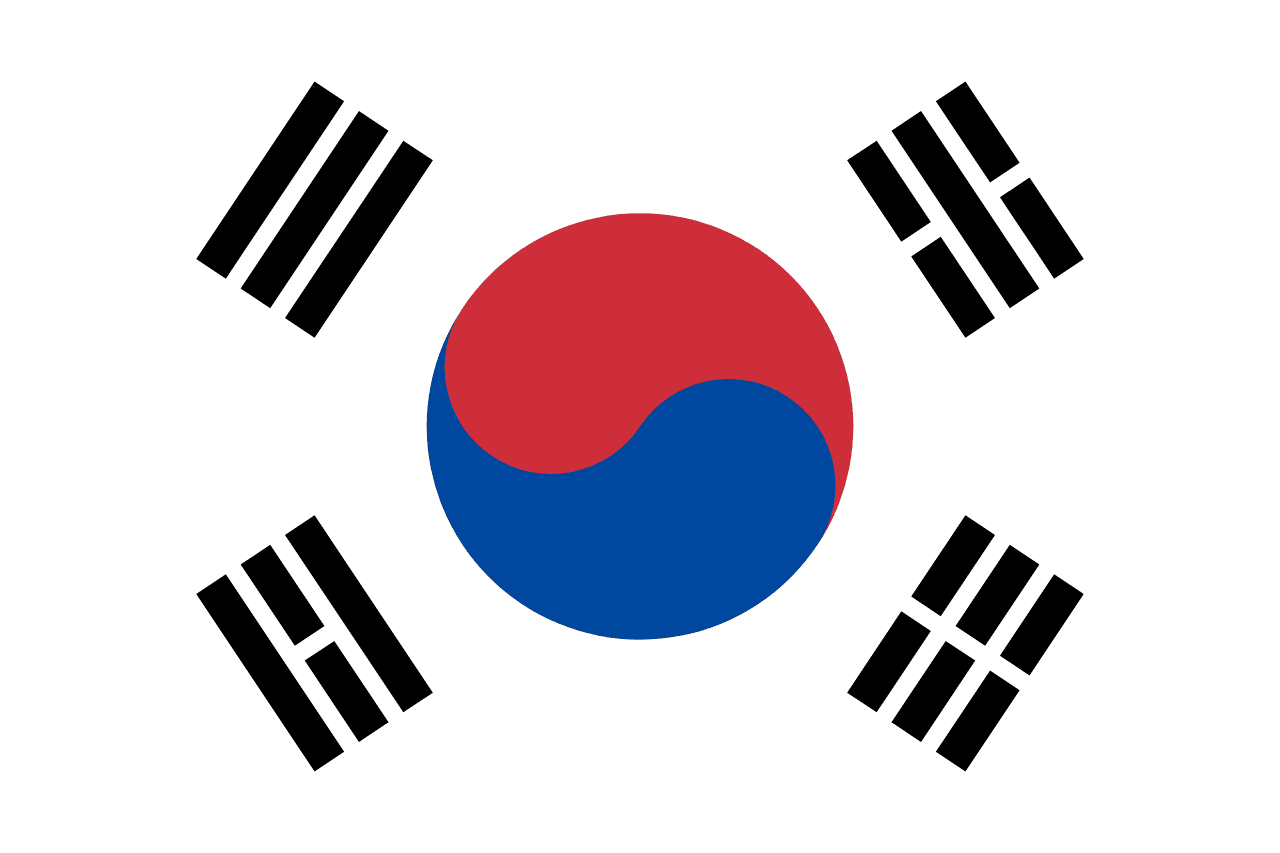
South Korea
Asia
A white field with a red and blue taegeuk (yin-yang symbol) in the center surrounded by four black trigrams from the I Ching, representing the harmony of opposites, the balance of natural forces, and the philosophical foundations of Korean civilization dating back thousands of years.